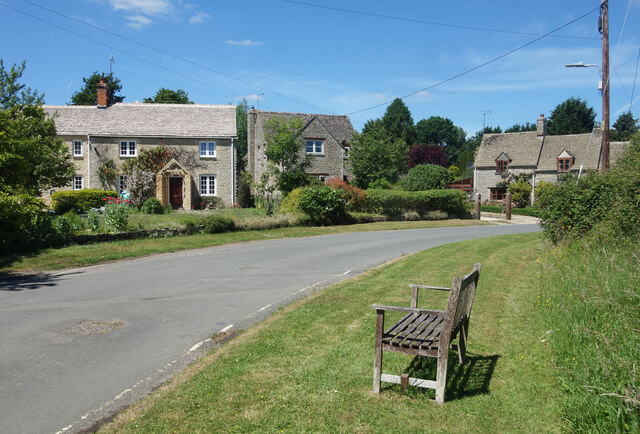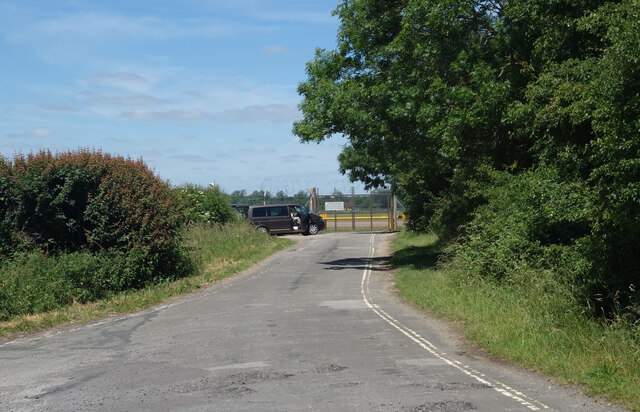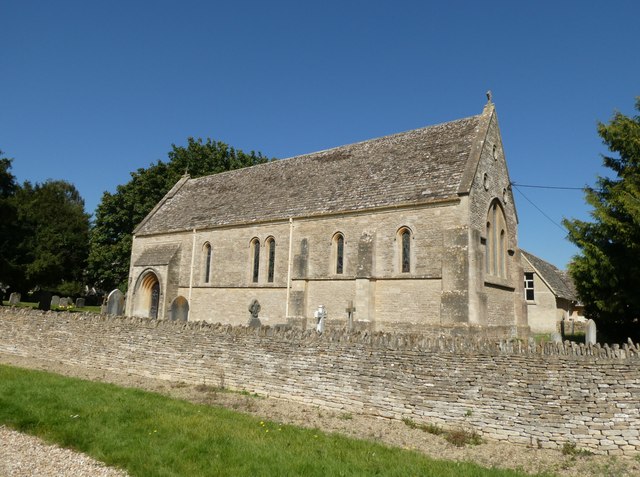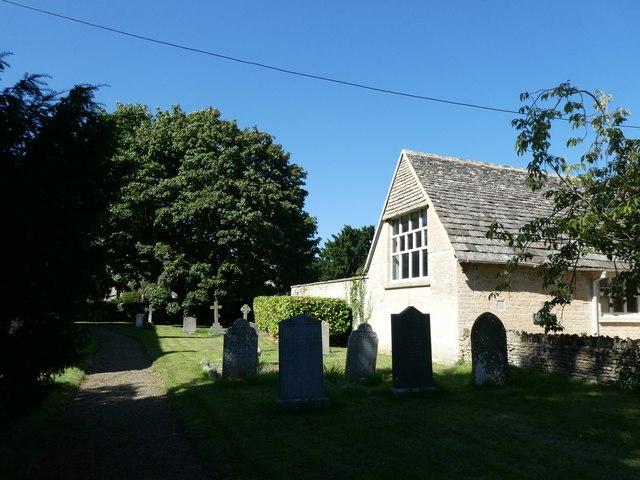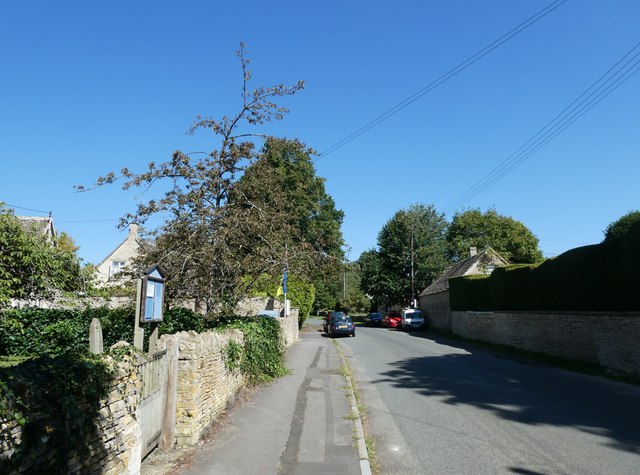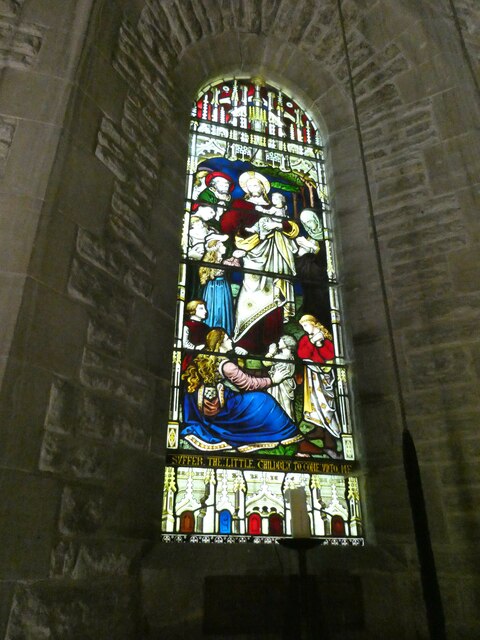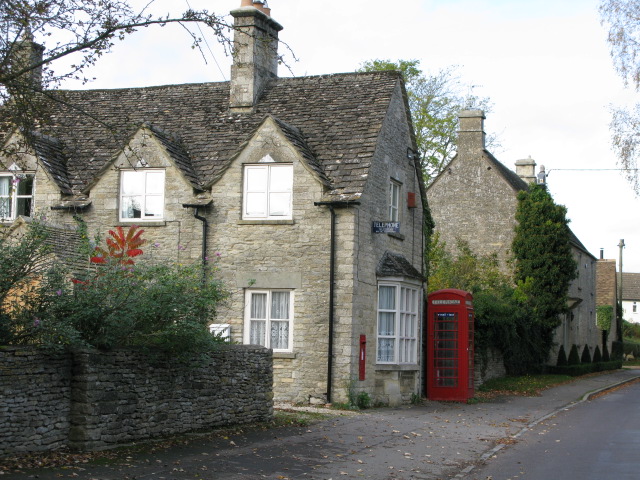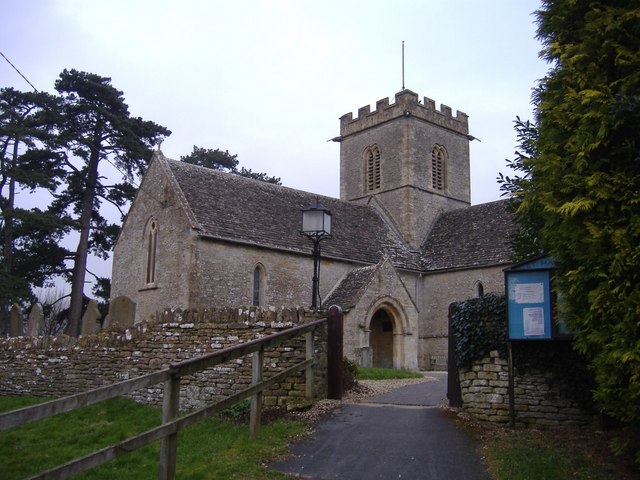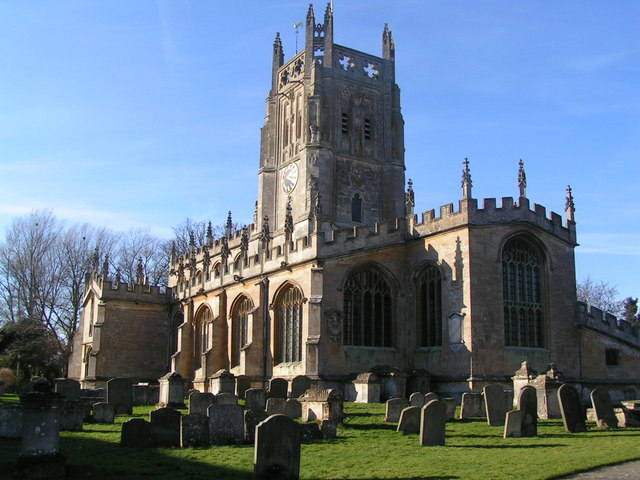Ash Copse
Wood, Forest in Gloucestershire Cotswold
England
Ash Copse
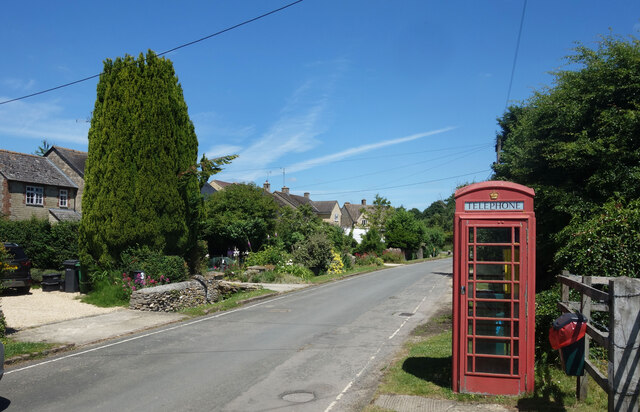
Ash Copse is a picturesque woodland located in Gloucestershire, England. It is situated in the heart of the county, approximately 6 miles southwest of the city of Gloucester. Covering an area of around 20 acres, the copse is a part of the larger Forest of Dean, renowned for its natural beauty and rich biodiversity.
The woodland is predominantly composed of ash trees, which give it its name. These tall, slender trees create a dense canopy that provides shade and shelter for a variety of wildlife species. The forest floor is covered in a lush carpet of ferns, mosses, and wildflowers, adding to the copse's enchanting atmosphere.
Visitors to Ash Copse can enjoy a peaceful and tranquil experience, as the area is relatively secluded and away from the hustle and bustle of urban life. The copse is crisscrossed by a network of winding footpaths, allowing visitors to explore and immerse themselves in the natural surroundings. These paths lead to various points of interest, such as a small stream that meanders through the woodland, adding to the charm of the area.
The copse is also home to a diverse range of wildlife. Birdwatchers can spot species such as woodpeckers, owls, and various songbirds, while nature enthusiasts may encounter deer, foxes, and even elusive badgers. The copse is particularly renowned for its butterfly population, with several rare and protected species found within its boundaries.
Overall, Ash Copse is a hidden gem in Gloucestershire, offering a tranquil haven for nature lovers and a chance to reconnect with the natural world.
If you have any feedback on the listing, please let us know in the comments section below.
Ash Copse Images
Images are sourced within 2km of 51.688971/-1.8036912 or Grid Reference SU1398. Thanks to Geograph Open Source API. All images are credited.
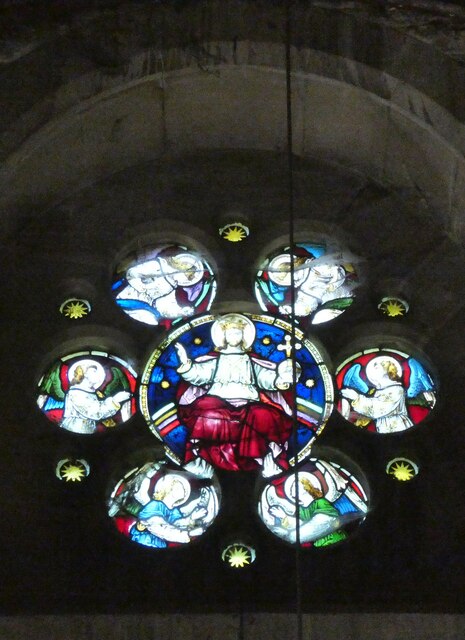
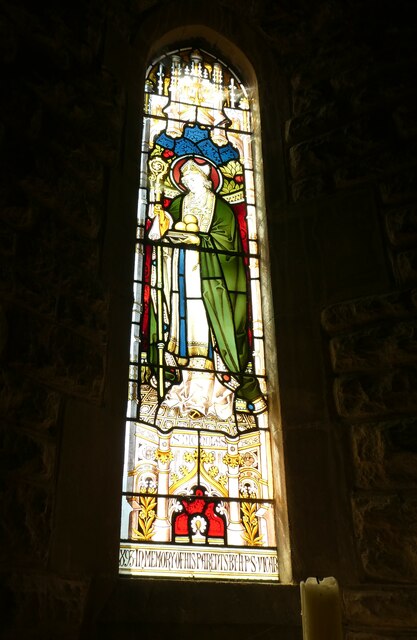
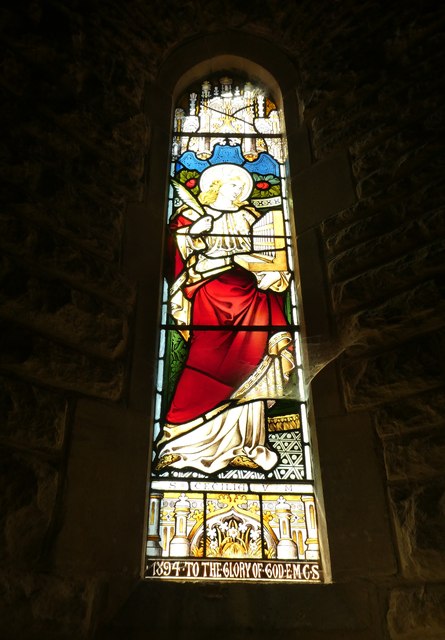
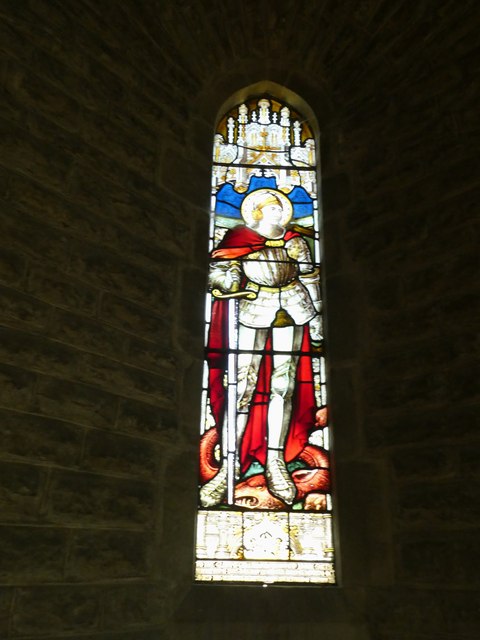
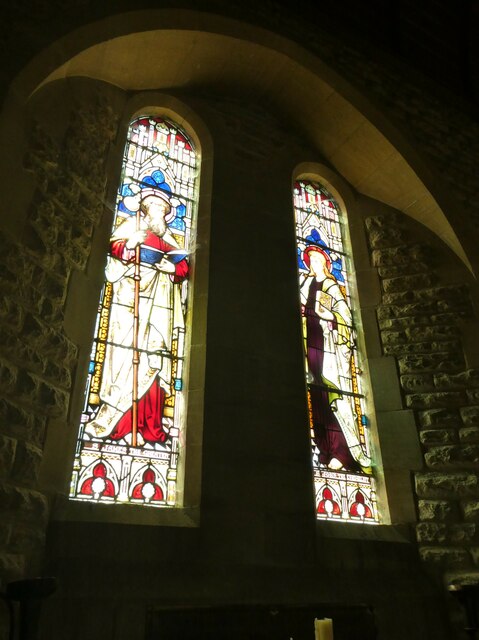
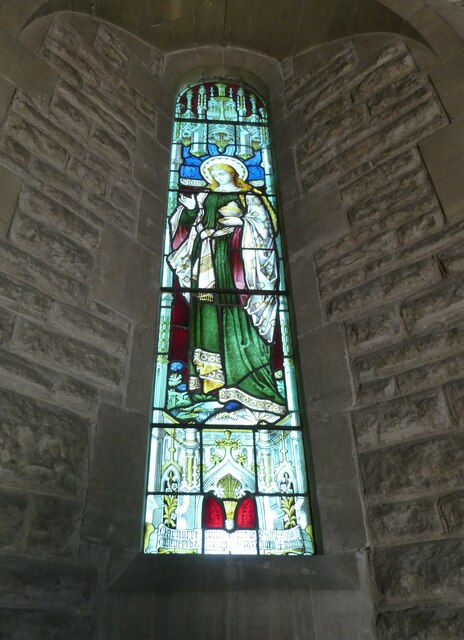
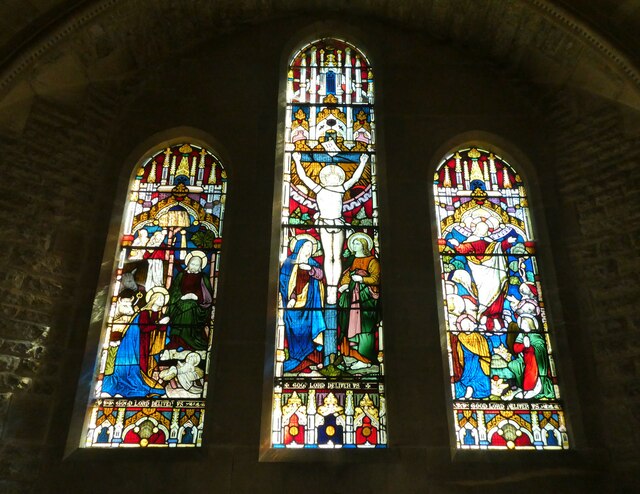
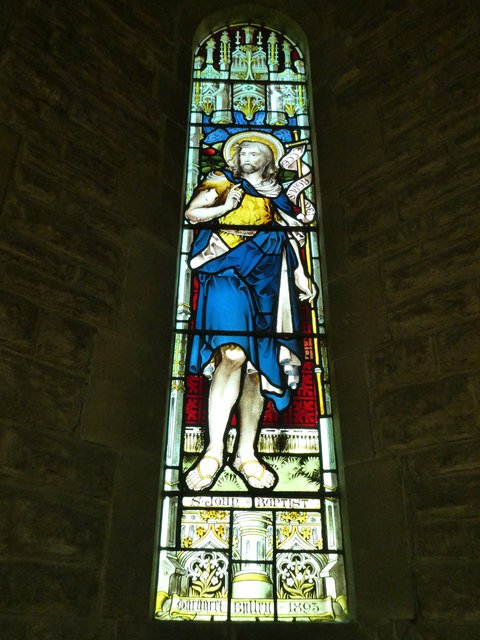
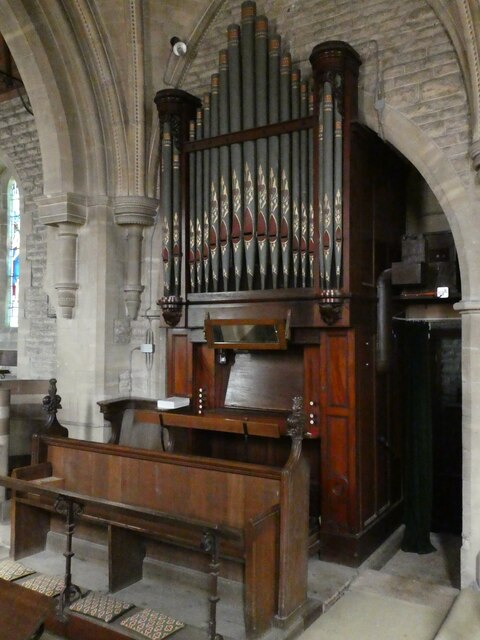

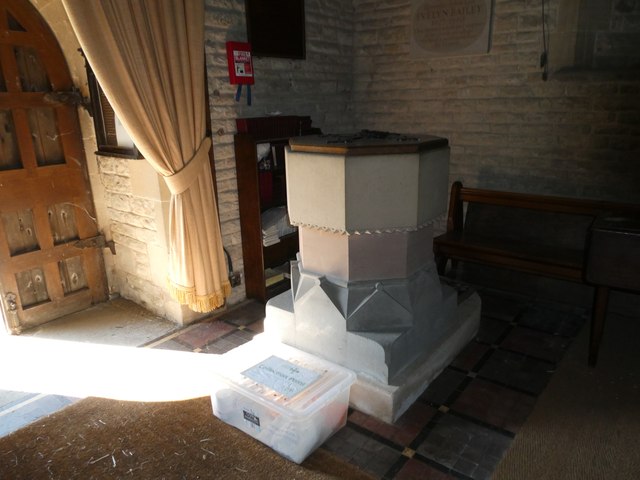
Ash Copse is located at Grid Ref: SU1398 (Lat: 51.688971, Lng: -1.8036912)
Administrative County: Gloucestershire
District: Cotswold
Police Authority: Gloucestershire
What 3 Words
///nail.riverboat.louder. Near Fairford, Gloucestershire
Nearby Locations
Related Wikis
RAF Fairford
Royal Air Force Fairford or more simply RAF Fairford (IATA: FFD, ICAO: EGVA) is a Royal Air Force (RAF) station in Gloucestershire, United Kingdom. While...
Meysey Hampton
Meysey Hampton (also known as Maisey Hampton or Maiseyhampton) is a village and civil parish in Gloucestershire, England, approximately 30 miles (48 km...
Marston Meysey
Marston Meysey, pronounced and sometimes also spelt Marston Maisey, is a village and civil parish in Wiltshire, England, lying 3 miles (5 km) northeast...
Church of St Mary the Virgin, Meysey Hampton
The Church of St Mary the Virgin is a Church of England parish church in Meysey Hampton, Gloucestershire. It is in the Diocese of Gloucester and the archdeaconry...
Fairford
Fairford is a market town in Gloucestershire, England. The town lies in the Cotswold hills on the River Coln, 6 miles (9.7 km) east of Cirencester, 4 miles...
St Mary's Church, Fairford
St Mary's Church is a Church of England church in Fairford, Gloucestershire, England. It is notable for its complete set of 28 medieval stained-glass...
Fairford Park
Fairford Park is a 4,200-acre (1,700 ha) estate in the southern Cotswolds in Gloucestershire, England, close to the small town of Fairford. Purchased by...
Castle Eaton Bridge
Castle Eaton Bridge is a road bridge across the River Thames in England at Castle Eaton in Wiltshire. It carries a minor road between Cricklade, 4 miles...
Have you been to Ash Copse?
Leave your review of Ash Copse below (or comments, questions and feedback).
